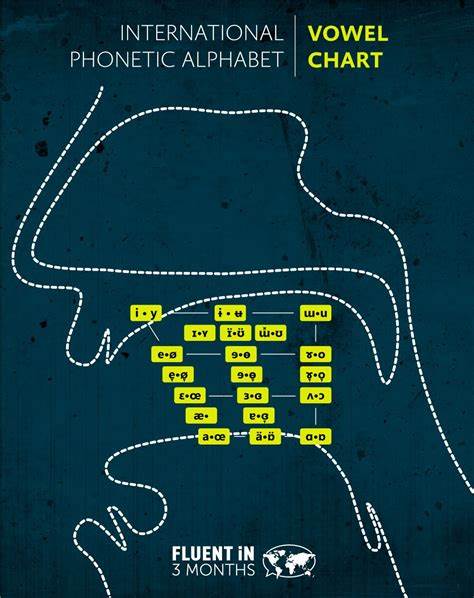Informations du cours

Introduction to Phonetics
Objective: Students will be able to understand and apply the basic principles of phonetics, including the classification of speech sounds and the International Phonetic Alphabet (IPA).
Assessment:
Students will complete a phonetic transcription exercise, where they will transcribe a short passage using the IPA, demonstrating their understanding of phonetic symbols and their corresponding sounds.
Key Points:
- Speech Sounds: Understanding the difference between consonants and vowels, including their articulation and classification.
- International Phonetic Alphabet (IPA): Familiarity with the IPA chart and its symbols for representing sounds in language.
- Phonetic Transcription: Skills in transcribing spoken language into IPA notation.
- Articulatory Phonetics: Basic concepts of how speech sounds are produced using the vocal tract.
- Common Misconceptions: Many students may believe that spelling reflects pronunciation; however, phonetics highlights the differences between written language and its spoken form.
Opening:
- Start with a brief audio clip of a foreign language or dialect that the students may not be familiar with.
- Ask students: "What do you notice about the sounds in this clip? How do they differ from English?"
- Facilitate a short discussion to gauge their prior knowledge and spark interest in the topic of phonetics.
Introduction to New Material:
- Present the IPA chart and explain its significance in phonetics.
- Discuss the classification of sounds into vowels and consonants, providing examples for each.
- Introduce articulatory phonetics and explain how different speech organs contribute to sound production.
- Common misconception to anticipate: Students may think that all languages use the same sounds; clarify that languages vary widely in their sound inventories.
Guided Practice:
- Divide students into small groups and provide a list of words to transcribe into IPA.
- Set behavioral expectations: students should work collaboratively, ensuring everyone participates.
- Begin with simple words, then gradually introduce more complex words that include unfamiliar sounds.
- Monitor student performance by circulating and providing feedback, asking probing questions to encourage deeper understanding.
Independent Practice:
- Assign students a short passage to transcribe into IPA as their independent practice.
- Behavioral expectations: Students should work individually, ensuring they utilize the IPA chart and their notes from the lesson.
- This assignment will demonstrate their mastery of phonetic transcription and understanding of speech sounds.
Closing:
- Conduct a quick review session where students share their transcriptions in pairs and discuss any challenges they faced.
- Ask students to summarize one new thing they learned about phonetics today.
Extension Activity:
- For students who finish early, provide a challenge to research and present on a specific phonetic feature of a language of their choice, focusing on how it differs from English.
Homework:
- Assign students to listen to a podcast or video in a language of their choice and identify at least five phonetic sounds that differ from English, using the IPA to transcribe them.
Standards Addressed:
- American Council on the Teaching of Foreign Languages (ACTFL) Standard 1.1: Students engage in conversations, provide and obtain information, express feelings and emotions, and exchange opinions.
- International Phonetic Association (IPA) Guidelines: Understand the principles of phonetic transcription and its applications in linguistics and language learning.
- Enseignant: alemi hanane
